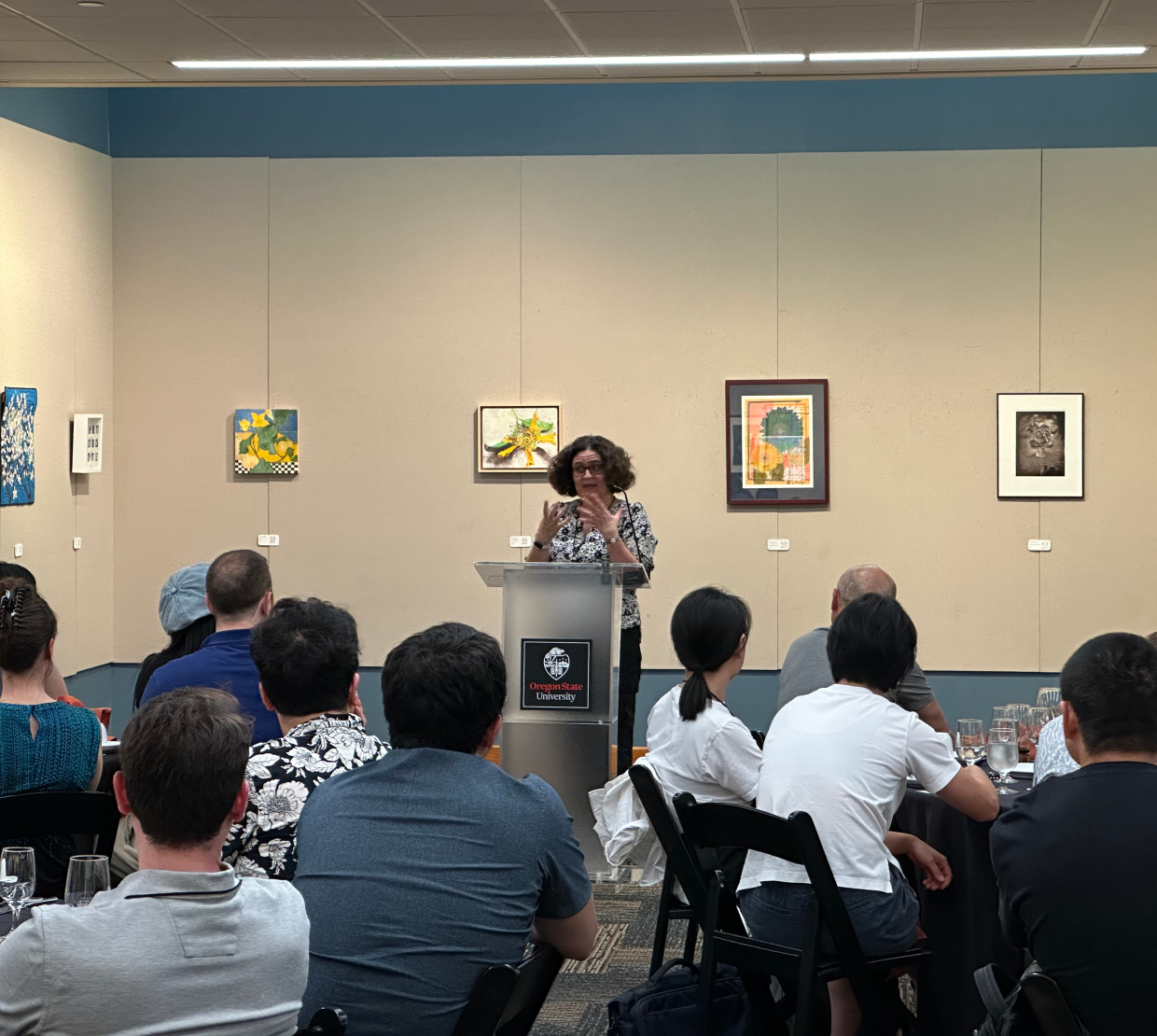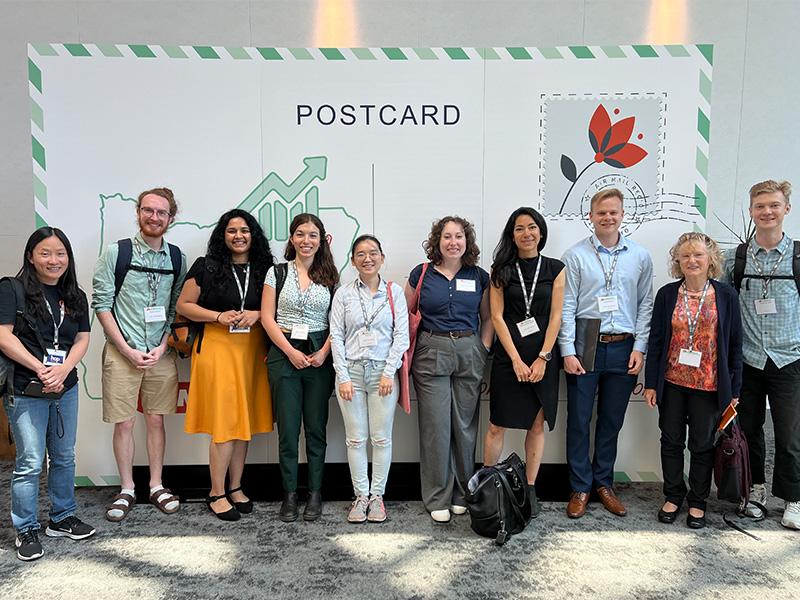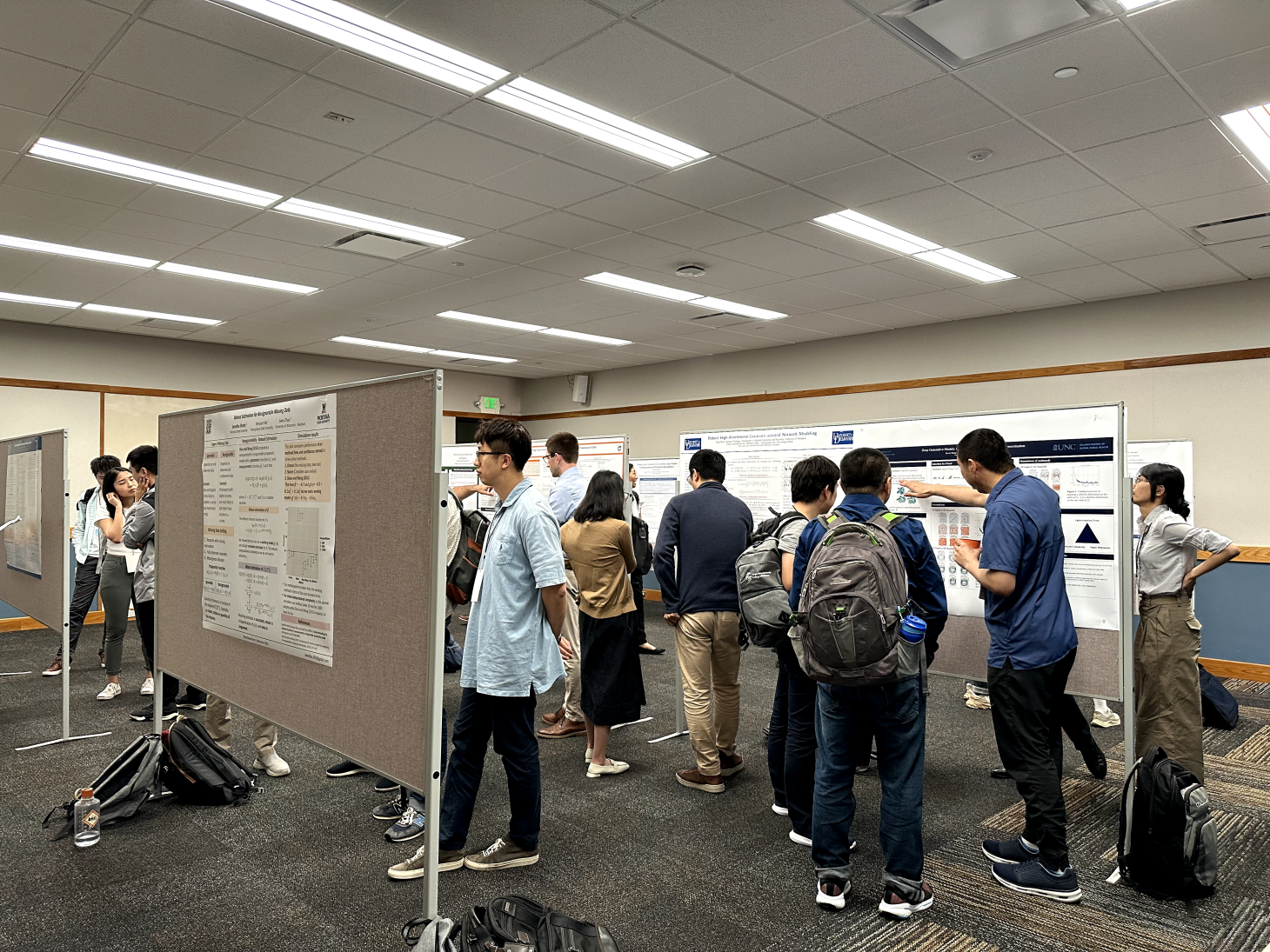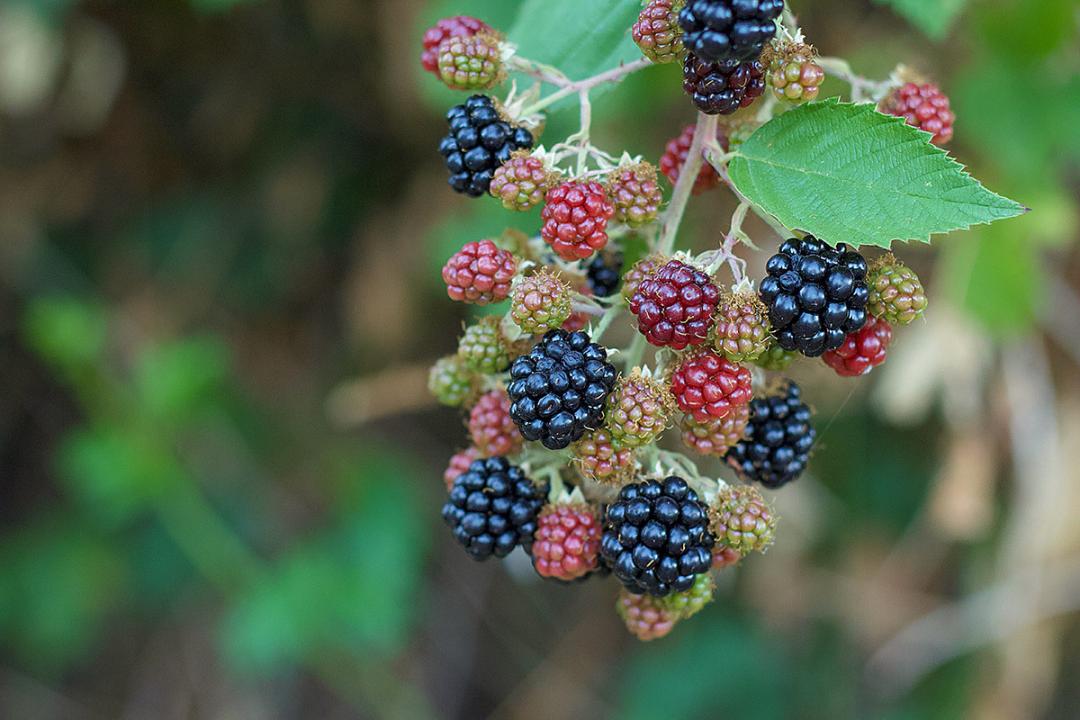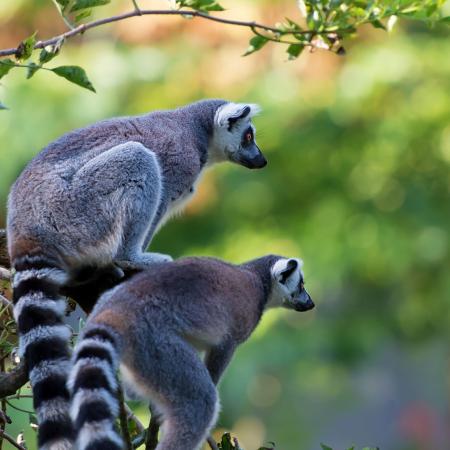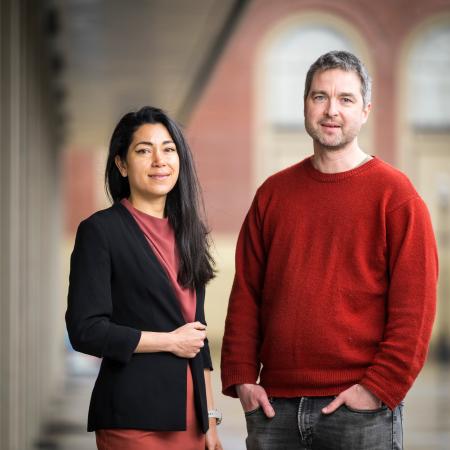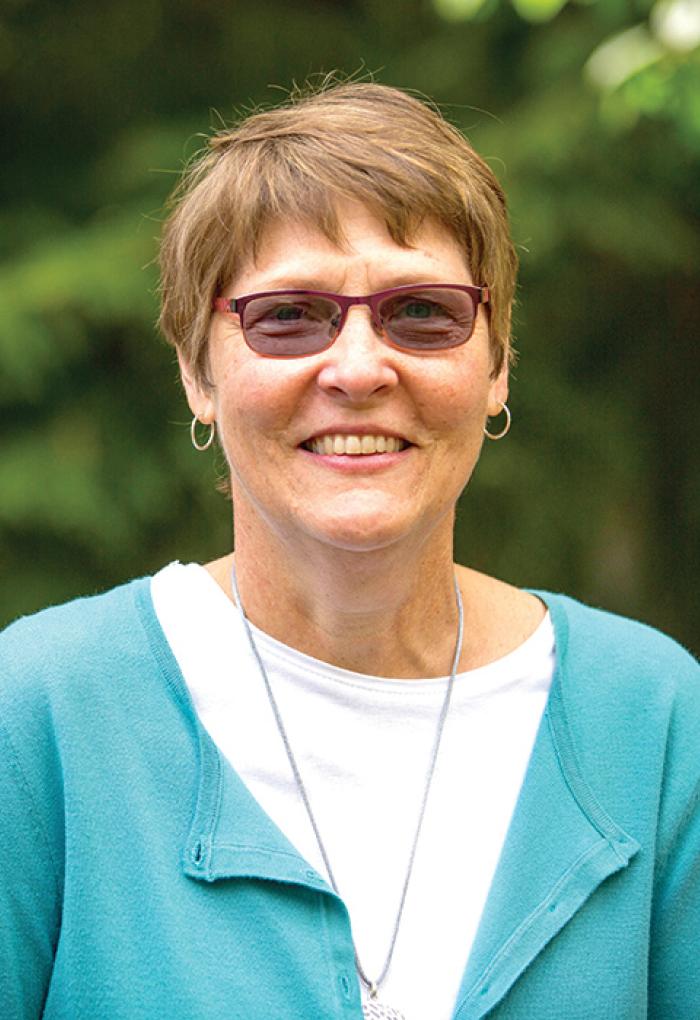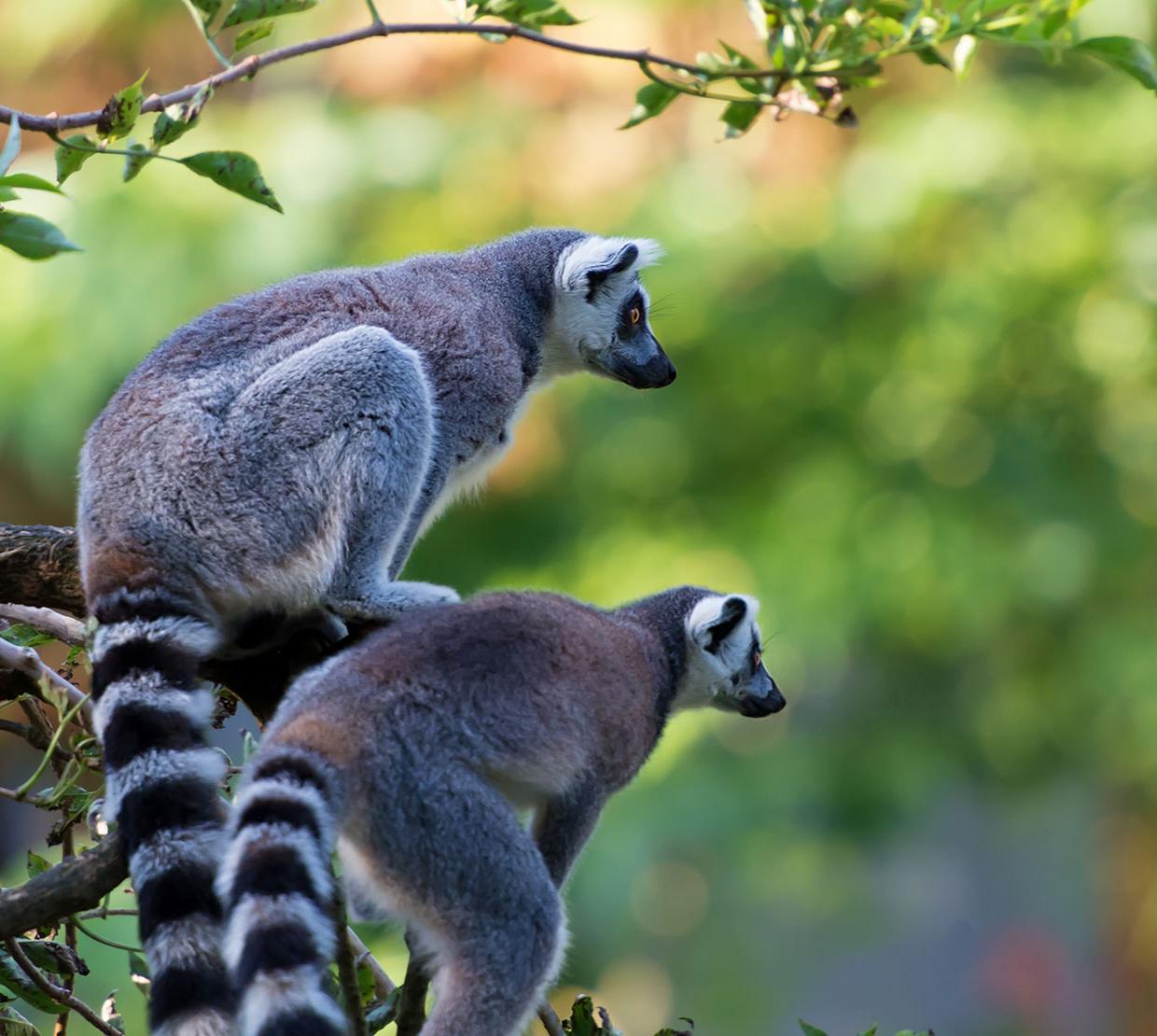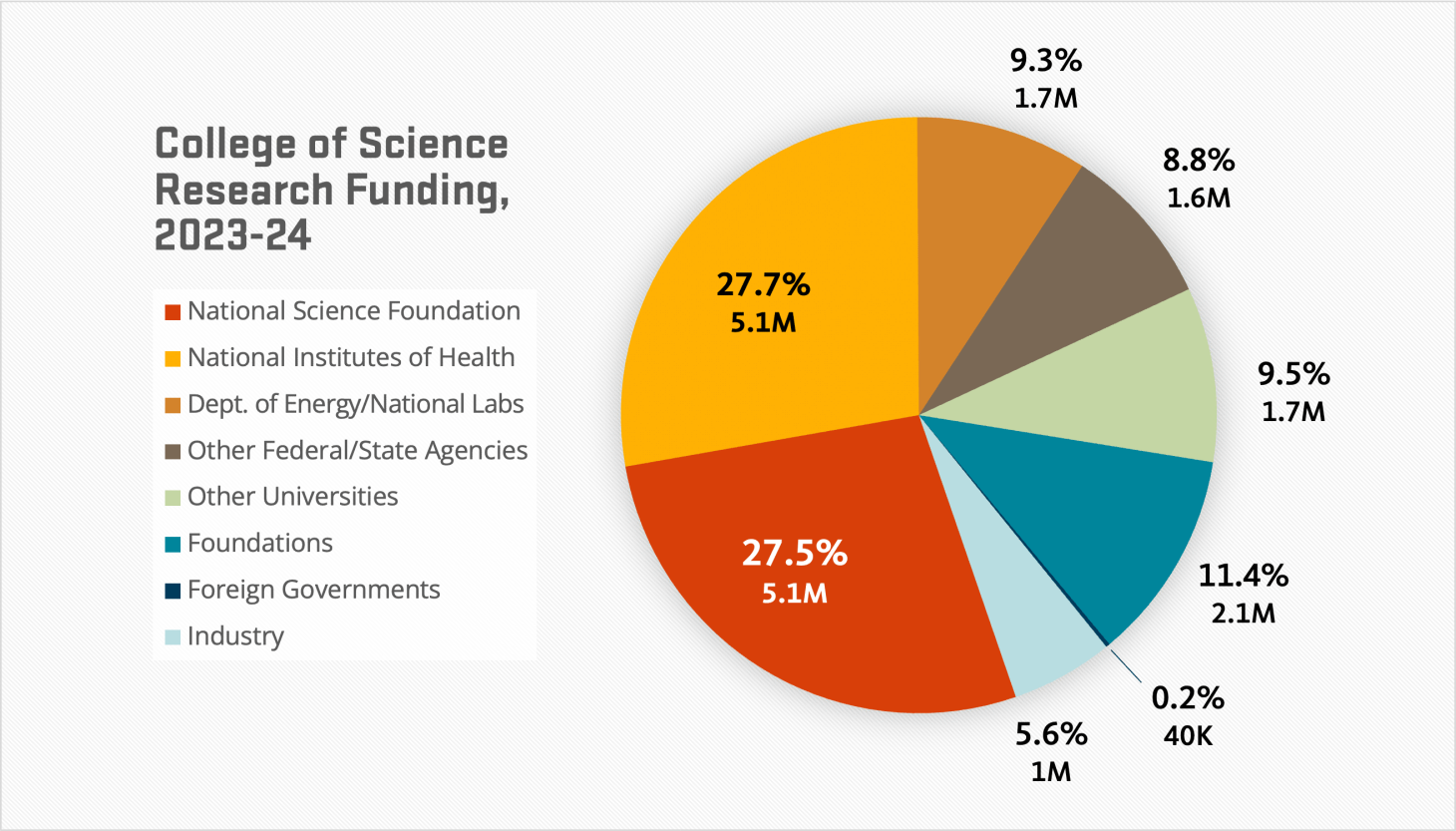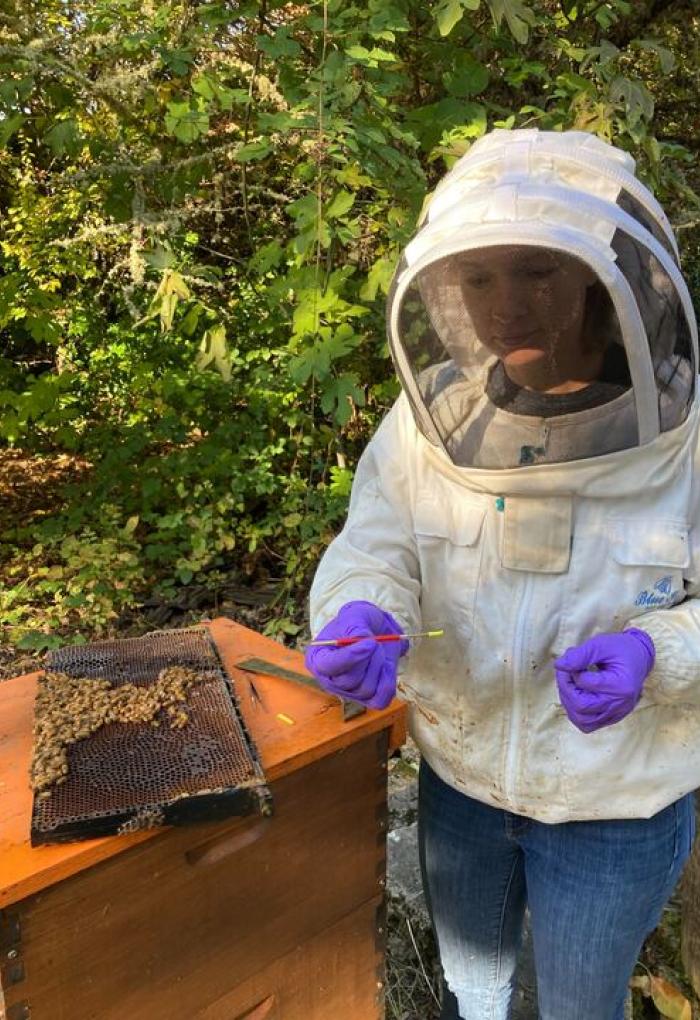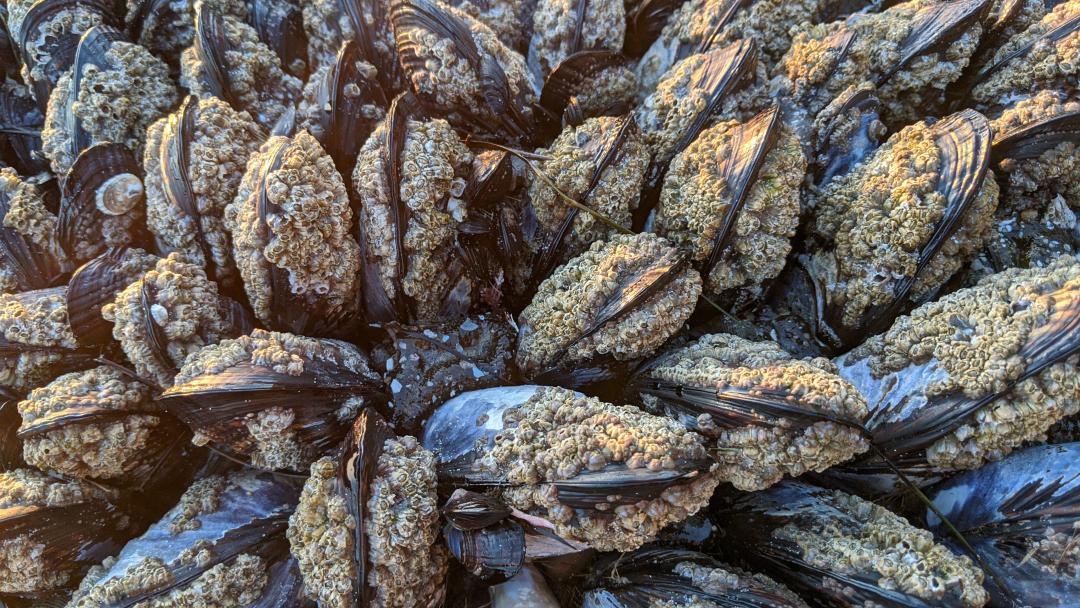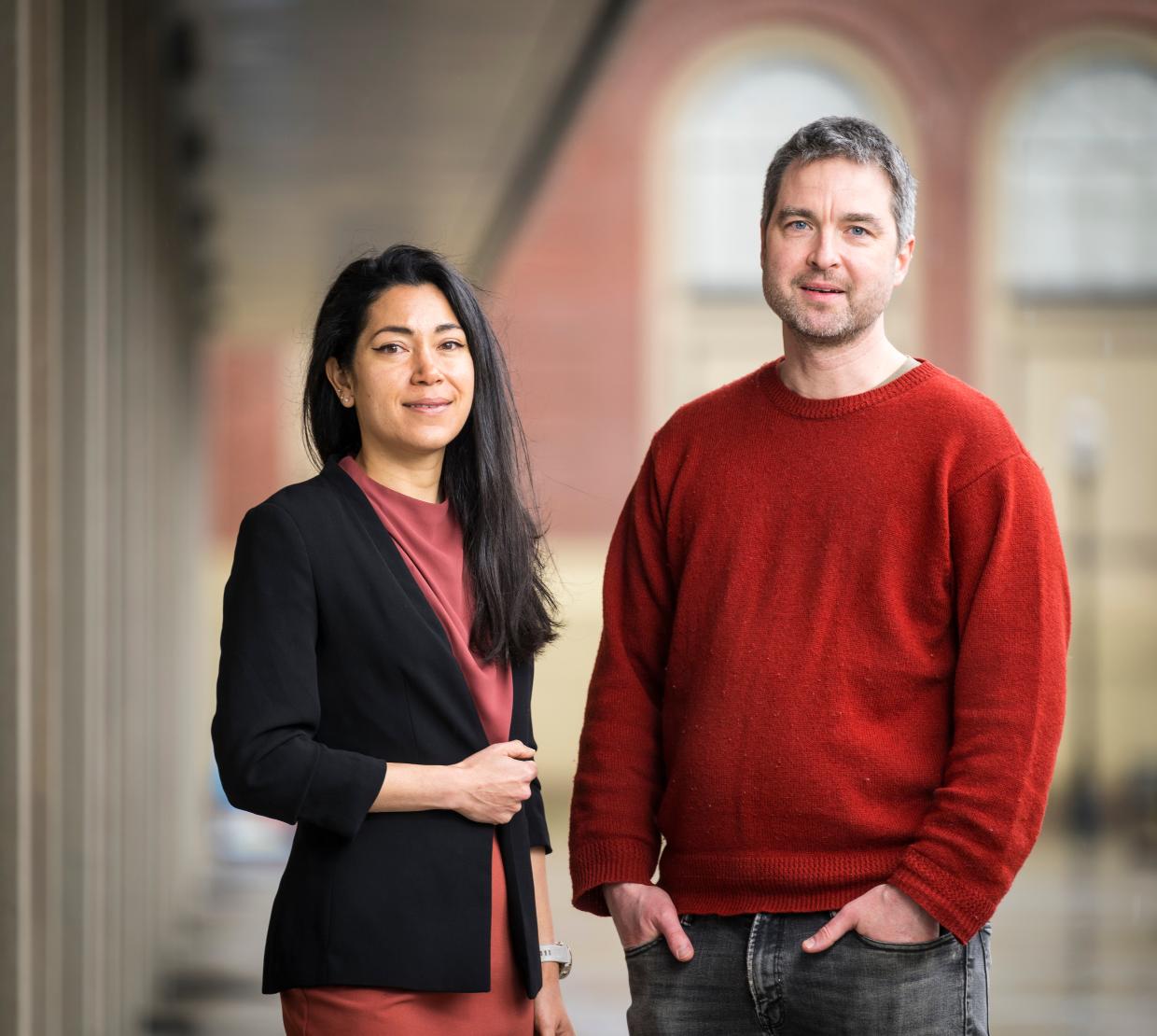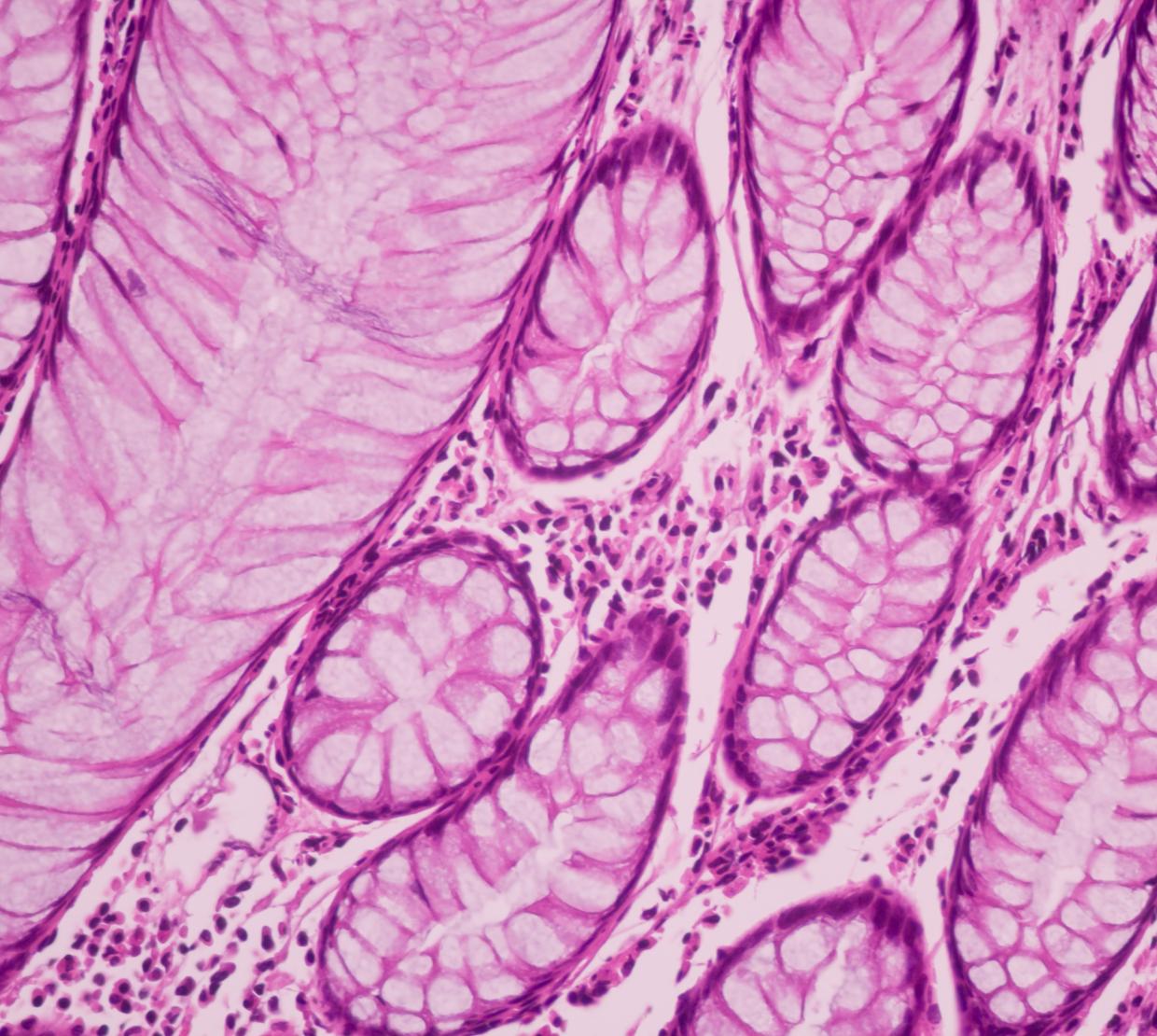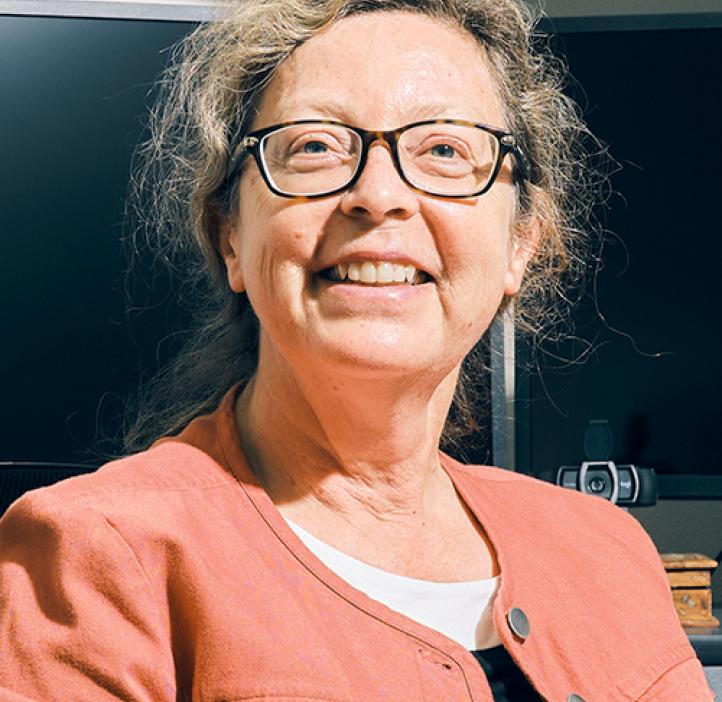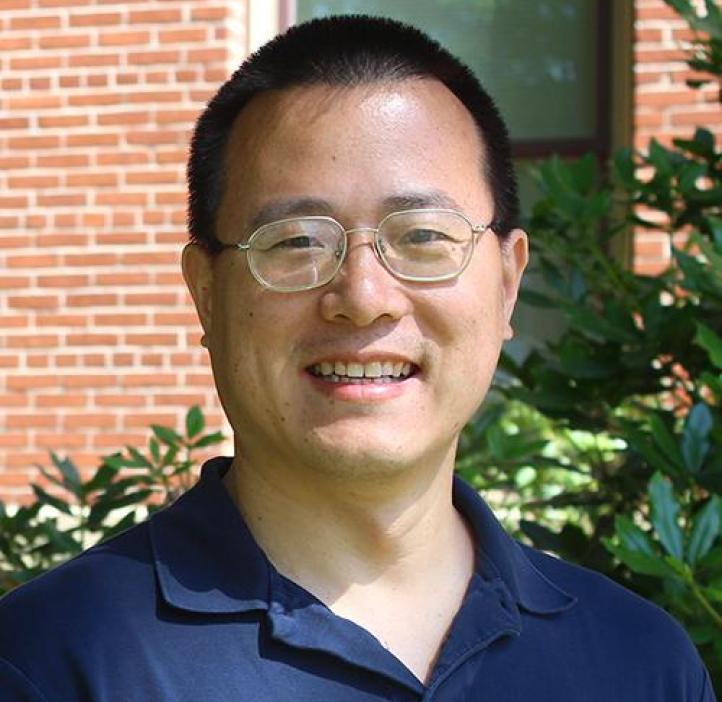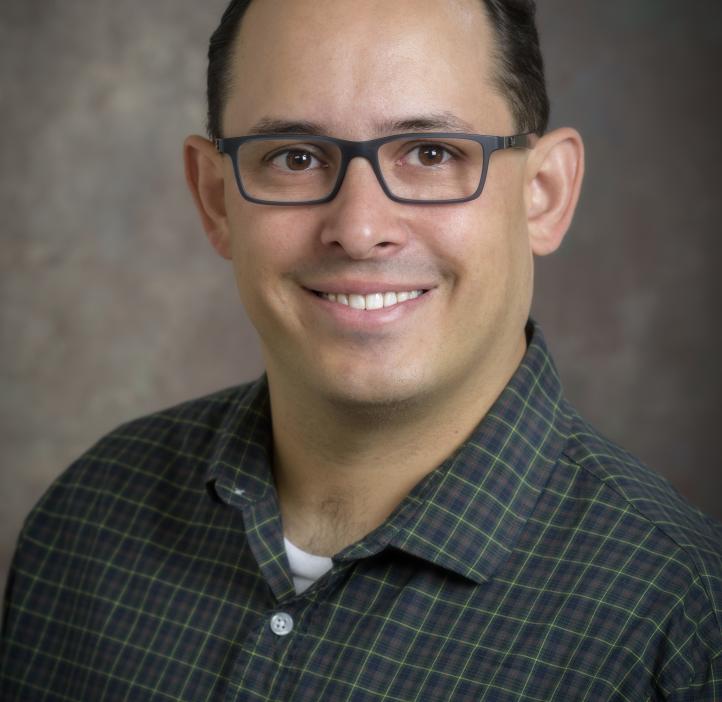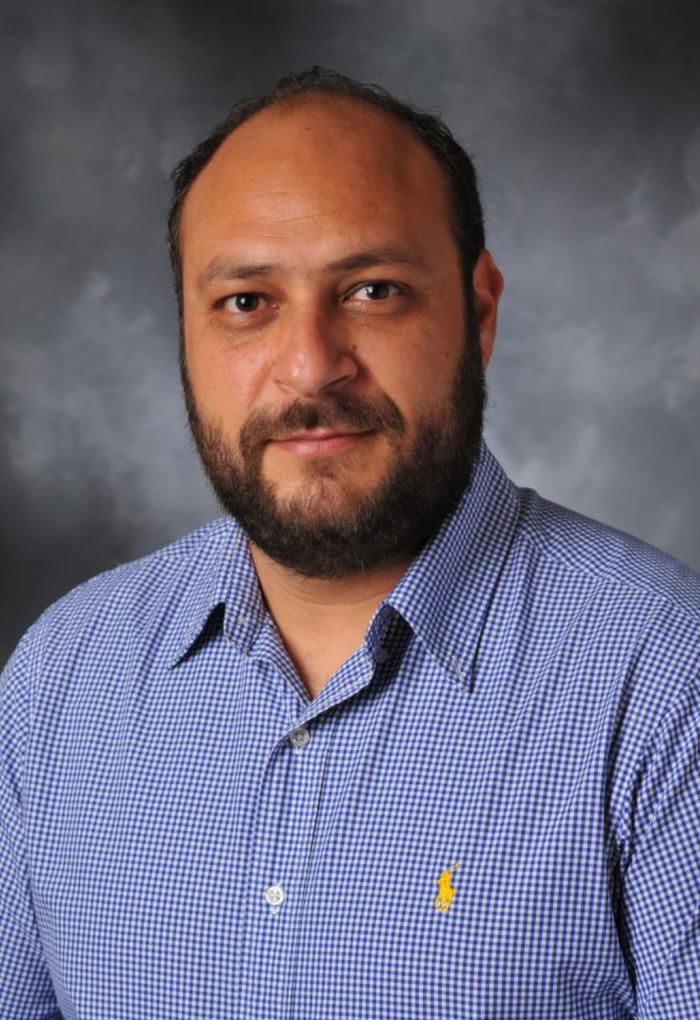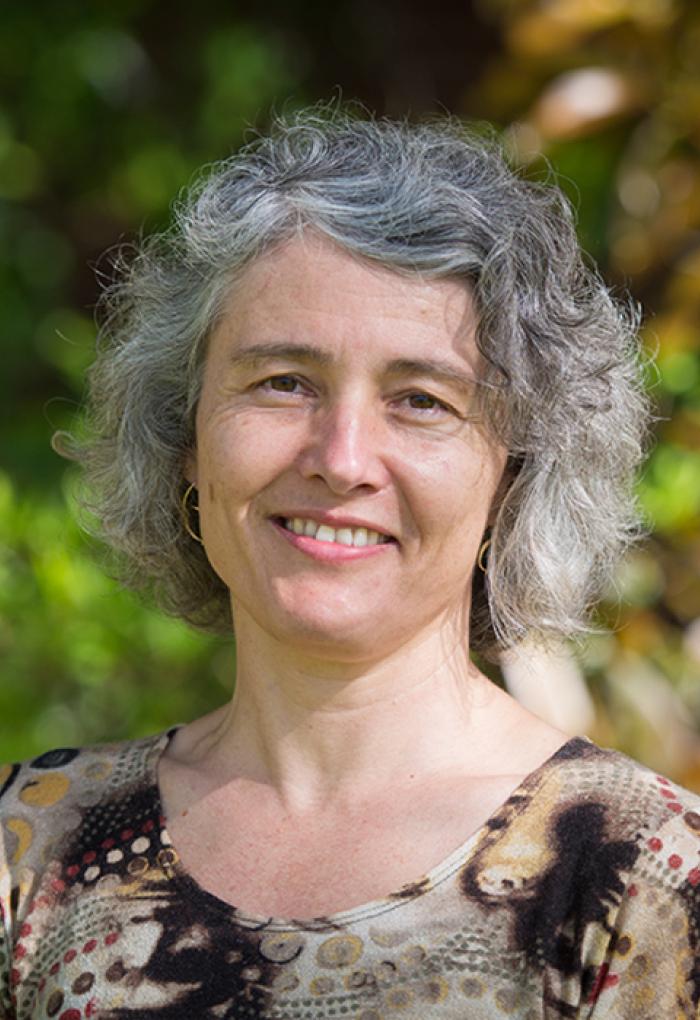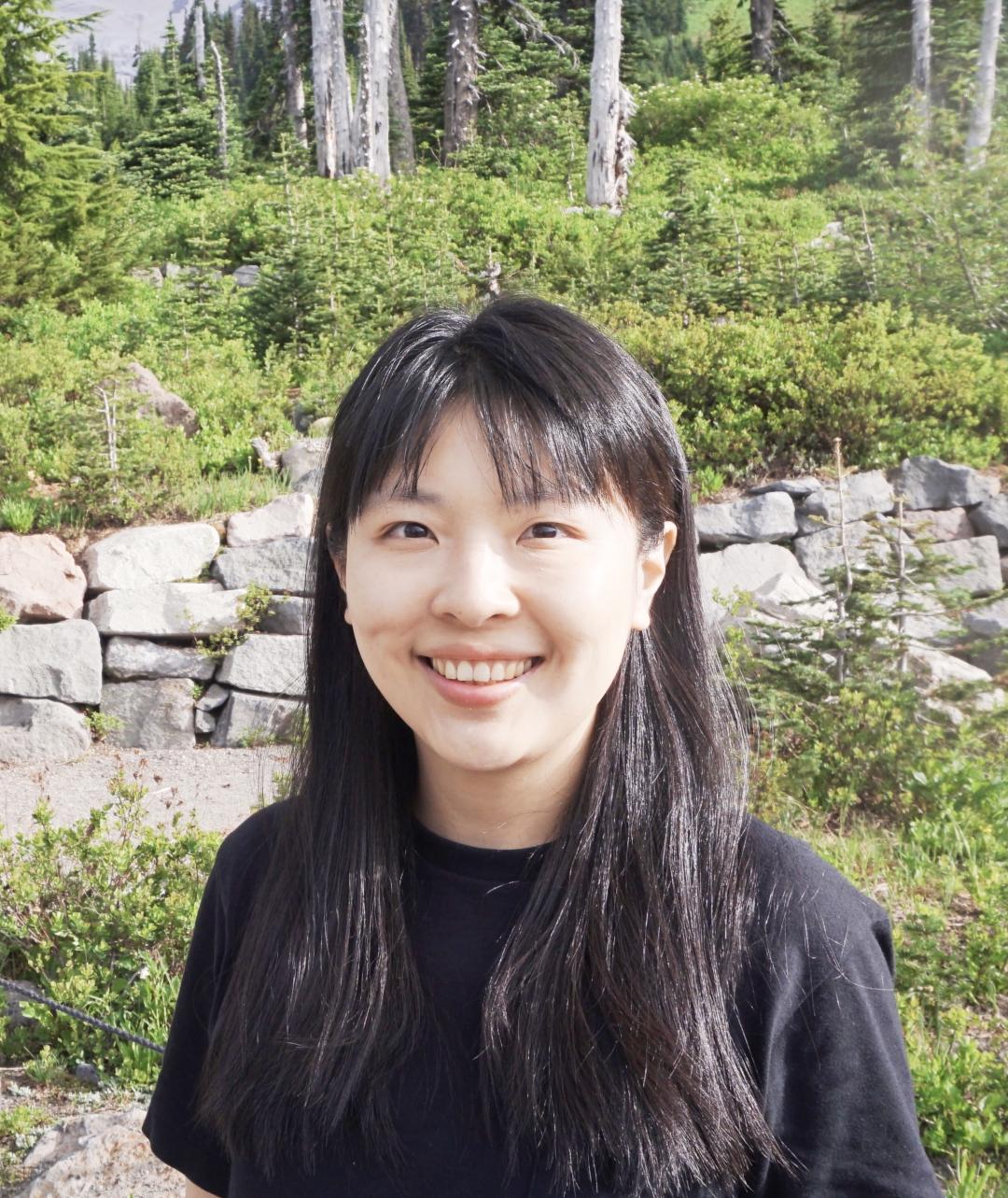Statistics often operates behind the scenes. It’s a field whose results are used in the analyses of papers from physics to psychology, yet its power is not widely understood.
Associate Professor Sharmodeep Bhattacharyya wants to change that. He straddles the world of highly theoretical statistics—the foundational mathematics of statistics—and the application of statistics to other areas of science.
"Scientists in different fields should be more mindful of the statistics that they are trying to use because statistics are misrepresented and misused alarmingly often," Bhattacharyya said.
Understanding the brain
With collaborator Kristofer Bouchard, a scientist at Lawrence Berkeley National Laboratory, Bhattacharyya is currently examining the statistics of brain data measured using electrodes. The pair looked at data collected from placing electrodes on the exposed brains of lab rats, a process known as electrocorticography.
The data generated from those experiments is very high-dimensional, which in the context of math formalizes the concept of degree of freedom, something that can take on a value. In our everyday experience, we're used to thinking of ourselves as existing in three-dimensional space, where the coordinates–often called x, y and z–are our degrees of freedom. If you were unable to move freely in all three spatial directions and were instead constrained to walking along a rope, you would only have one degree of freedom and move only in one dimension.
In the brain data that Bhattacharyya and his collaborators examine, each dimension corresponds to the state of a specific neuron. Thinking of a neuron like a switch, a state would be whether or not it's on or off. But when a large portion of brain has to be studied the number of neurons present is multiplied, leading to a high-dimensional situation.
Given how many neurons there are in a small piece of rat brain, the experiments Bhattacharyya has looked at have thousands of dimensions.
Additionally, neurons "talk" to each other, forming a network. The activation of neurons also comes in waves and pulses, making the data sparse. These qualities make brain electrode data prime for the application of statistical techniques to find meaningful patterns.
Bhattacharyya's work on this project, and in general, is focused on the building of frameworks and understanding of methods. In the realm of theory, it can be a challenge to prove why a result that appears simple on the surface is true, or why a seemingly simple method works. Theoretical rigor makes a method reliable and allows practitioners from different domains to adapt the method smoothly. It also widens the scope of the method within the Statistics community itself.
When analyzing networks, community detection is important. A community is just what it sounds like; a group of interconnected people. For neurons, communities would be regions of the brain where neurons are tightly connected.
In the world of networks, neurons could be represented by what are known as ‘nodes’, while the connections between nodes are ‘edges’. For example, imagine a street grid, the intersections would be nodes, and the streets between them edges. The concept of communities is then generalized to include any group of nodes that are highly interconnected.
Detecting communities in networks isn't always obvious, especially for sparse networks. However, Bhattacharyya found a surprisingly straightforward method of community detection that works wonders at just this.
"It's a very simple method, but proving that this method works was not easy, so that took me quite a bit of time," he said.
Bhattacharyya has also worked with collaborators on public health policies, social networks and gene regulatory networks. These collaborations have offered him the opportunity to introduce fellow scientists to statistical methods, demystifying the perception of statistics as a black box.
"I'm very much interested in interdisciplinary work, specifically because I get to learn about a new field, as well as try to see how I can contribute to that field."
Every dataset is full of surprises, and that is one of the great wonders of statistics. It is also why all scientists need to understand statistics so they can apply the appropriate methods for their data, or find someone who can.
Guided by the data
Bhattacharyya grew up in the city of Kolkata, India. There, he completed his bachelor's and master's degrees at the Indian Statistical Institute (ISI) in 2006 and 2008 respectively. The ISI was founded in 1931 by statistician Prasanta Chandra Mahalanobis and is India's premier institute of higher education when it comes to the training of statisticians.
He completed his Ph.D. and postdoctoral program at UC Berkeley with statistics professor Peter Bickel. A pioneer of statistical methods, particularly in what are known as semiparametric models, Bickel is still publishing papers despite being semi-retired.
"Last year, we had his 80th birthday celebration conference at Berkeley, and several of his Ph.D. students who are now big shots in statistics attended. It was a very nice conference," Bhattacharyya said.
By the time Bhattacharyya completed his Ph.D. in 2013, Bickel had been in the field for 50 years. Bhattacharyya credits his current success to the wisdom, knowledge and experience his mentor shared with him. Bickel emphasized the importance of statistics always being guided by the data, with research questions informed by what the data says and what would benefit the broader statistics community.
Bhattacharyya’s transition to the Department of Statistics was a welcomed one. Although he grew up in a sprawling metropolis of 14 million people and completed his Ph.D. and postdoc in a city of four million, he always preferred the quiet life of the country and small cities. In part, it was a desire to get away from the hustle and bustle that brought Bhattacharyya to Corvallis.
The Department of Statistics encourages interdisciplinary research alongside more theoretical research, something Bhattacharyya holds in high regard. He also appreciated the incredibly welcoming department culture.
"I'm very much interested in interdisciplinary work, specifically because I get to learn about a new field, as well as try to see how I can contribute to that field," he said.
Outside of academics, Bhattacharyya enjoys listening to classical Indian music, reading fiction and non-fiction, and of course spending time with his wife. She is also a statistician who completed her Ph.D. at Oregon State.
